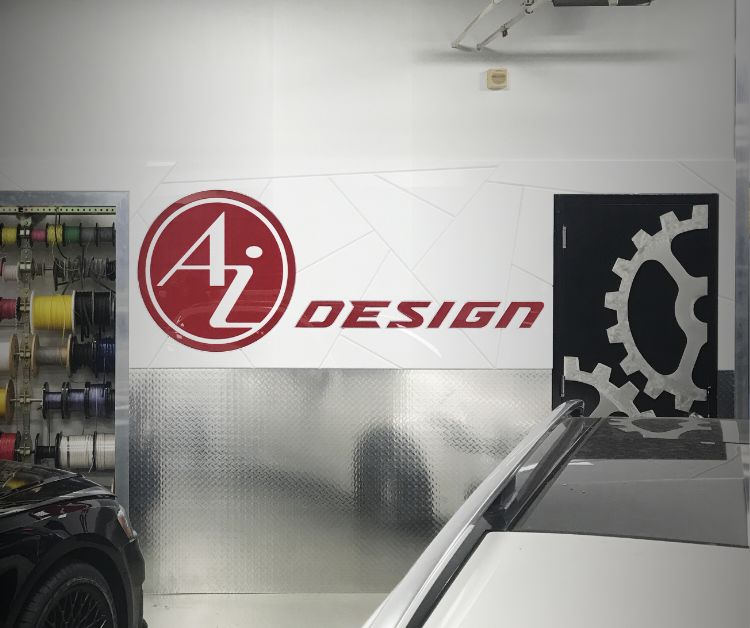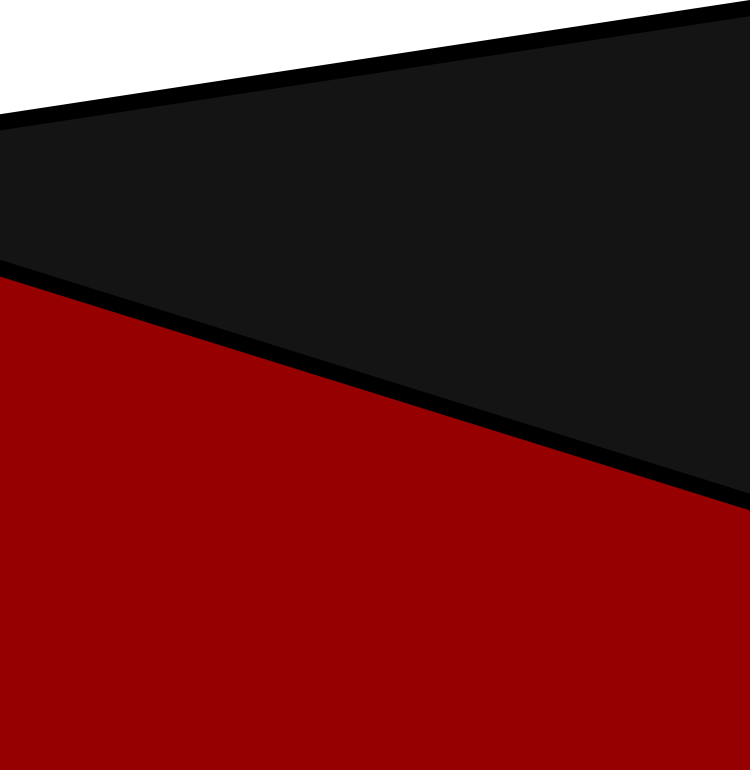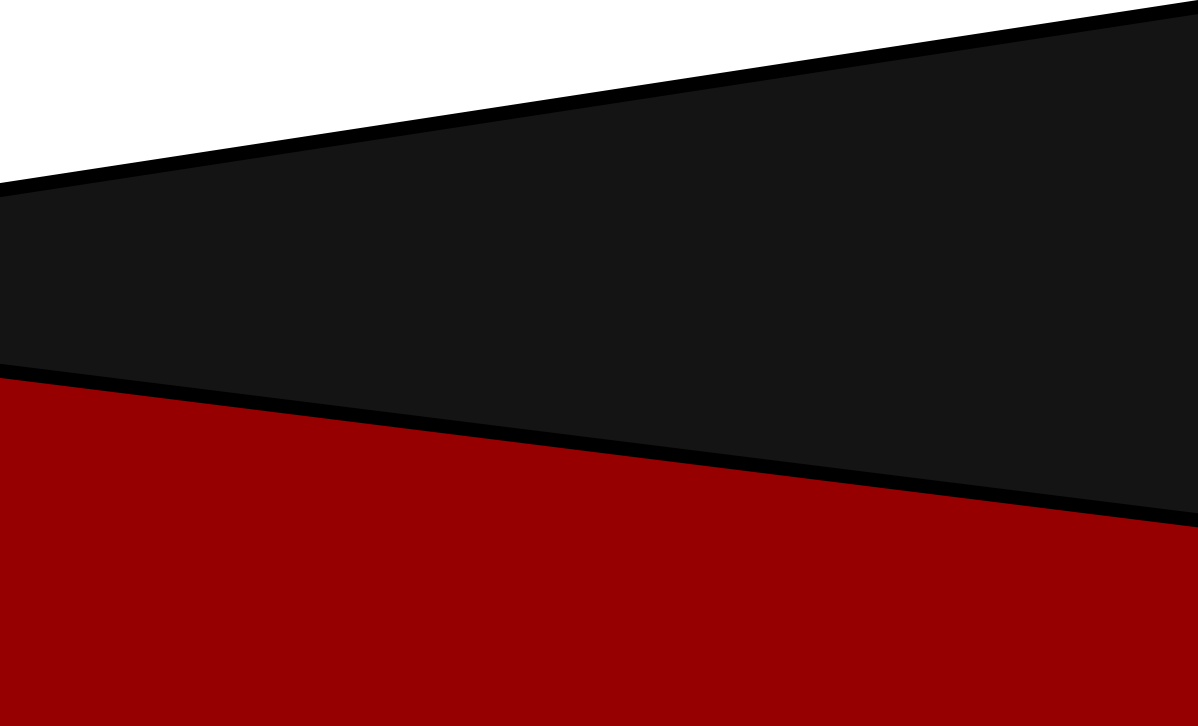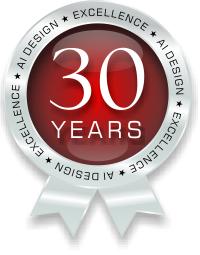Ai Design Blog
Acquisition and deception
With the explosion of the collector car market over the last few years, both in volume and valuations, it’s become increasingly challenging for buyers. The remote buying process of online auctions has allowed even sketchy cars to command big hammer prices. We’ve lost track of how many recently purchased vehicles have been brought to us to “sort out.” High-priced cars that look good on the outside but are absolute nightmares underneath. The old “lipstick on a pig” reference comes to mind. Bad wiring, failing mechanical bits, hidden rust, missing parts, and slipshod repairs often go unseen until the car gets dropped off in your driveway. Unfortunately, typically these issues are not oversights on the part of the sellers. There is sadly a great deal of deception in the marketplace with flippers looking to make a quick buck.

The owner of this BMW 3.0 CSL had it restored elsewhere and then brought it to us for an audio system. The exterior and paintwork had been done to a high standard, and the interior was well executed, too. However, we quickly discovered some electrical problems as the car would shut down when a window switch was activated. When we put the car on a lift, things got even worse…
Fortunately, we’re very good at bringing abused or neglected vehicles back to originality. We first do a complete nose to tail inspection and driving evaluation—much deeper that a typical PPI—to see what might be hidden. From thorough mechanical and cosmetic refreshing, to complete rewiring, to fabrication of unavailable parts, we take pride in doing these “rescues” properly…restoring the vehicle and getting it back to the value it deserves. A collector vehicle restored or refreshed by Ai Design carries with it the knowledge that the process was done properly, bringing the vehicle back—as close as possible—to original accuracy. And restoring the vehicle’s proper value.

The 3.0 CSL was a mess underneath. Rusty parts were removed when the body was painted and then reinstalled…still rusty. The fuel tank was leaking, many components were rusted, and the track-focused suspension was worn out and rough riding. Plus, there were some extremely sketchy fixes to wiring that were potential fire hazards.
On the suspension side, we swapped out the worn-out track suspension for a new performance street suspension which dramatically improved the ride quality and on-road manners. We installed front & rear sway bars, both of which were heavily corroded, and replaced the worn-out bushings and racecar-style heim joints. The rear sway bar was installed with an improperly designed mount which pushed the bar several inches forward. The sway bar location caused the parking brake cables to be run in such a manner that they rubbed on the sway bar, with pieces of rubber zip-tied around them.
There was also a heavy clunking in the rear of the vehicle, caused by the rear shocks. The shocks, their mounts and bushings were all worn and had to be replaced. The rear brake rotors were heavily corroded, pitted and grooved, limiting the brake pad's ability to properly bite into the rotor. Plus, they were unsightly. The exhaust system from the header pipes back was riddled with holes, damage, rust, and botched previous repair attempts. We needed to fabricate a complete new system, from headers to tailpipe.
A high-end collector car dealer we’ve known for years once told me, emphatically, that when he sold a car that we did work on, he would always state that there was aftermarket work performed by Ai Design. He said, “it was a selling point,” because he knew and had faith in our brand and “that we did not fuck the car up, that all we did was enhance and preserve it.”

A client purchased a 2019 Ferrari GTC4 Lusso. A certified pre-owned car…from a Ferrari dealer. When the car was delivered to us, we quickly found it was far from perfect with numerous problems:
1. There were a number of hardware bits missing including the nuts to hold on the side marker
2. The wheels had been refinished, but apparently not prepped properly as the wheels weights came off taking a large chunk of clearcoat with them.
3. Front bumper showing a very un-factory like wavy surface.
4. Primer overspray on top of the PPF.
In addition to these rescues and restorations, we also see quite a few collector cars from our clients that are perfectly pristine or even brand new. An owner may be looking to add some functionality or a feature lacking in the original vintage vehicle. This is a true specialty of ours and something we take ultimate pride in. Adding something new to these vehicles without altering or damaging them in any way takes incredible patience, serious planning and unwavering respect for the original manufacturer’s vision. We call these types of alterations “reversible.” We source—or when necessary fabricate—identical duplicate parts, to house the new components, while the original parts that need to be removed are carefully boxed up and preserved in case the owner ever wishes to return the car to stock. No holes are drilled, and we use only existing openings in the body.
Through our extensive global network, and vast combined experience, we also source vehicles for many of our clients. From the latest hard-to-get sportscar or SUV to a rare European spec collectible, we are able to find the vehicle, inspect as needed, negotiate the price and arrange transport/import to get the vehicle safely delivered. Once the vehicle arrives, we then do a thorough inspection to insure everything is at it should be. And where problems are noted, we then develop a plan to rectify the issues. The goal is to preserve provenance and maximize value.

We sourced and imported a very rare Peugeot 205 T16 homologation car from Europe for a client. There were a few things that needed repair. One problem area was the swaybar bushings. The originals were rotted and crumbling. Unfortunately replacement bushings don't exist. So we set about fabricating complete new ones. We started by 3D scanning the petrified parts and then working in CAD to recreate the missing segments. We then 3D printed a new part, took a mold off that 3D printed part, and then used the mold to create new rubber components.





